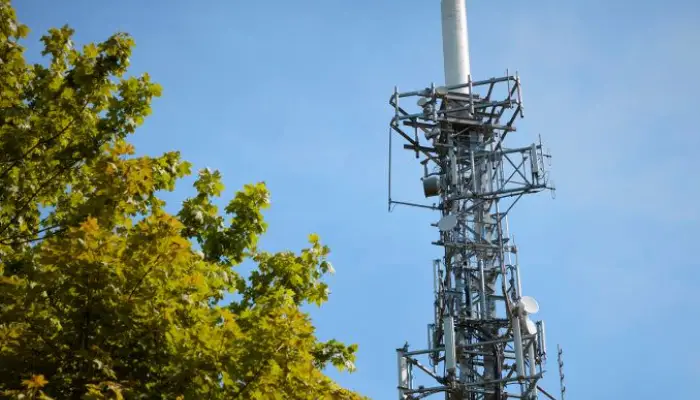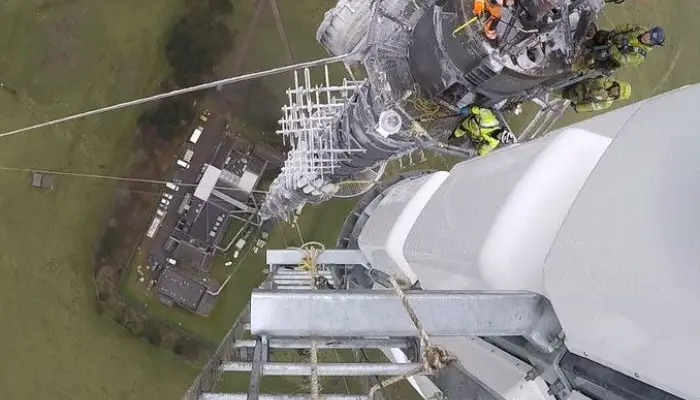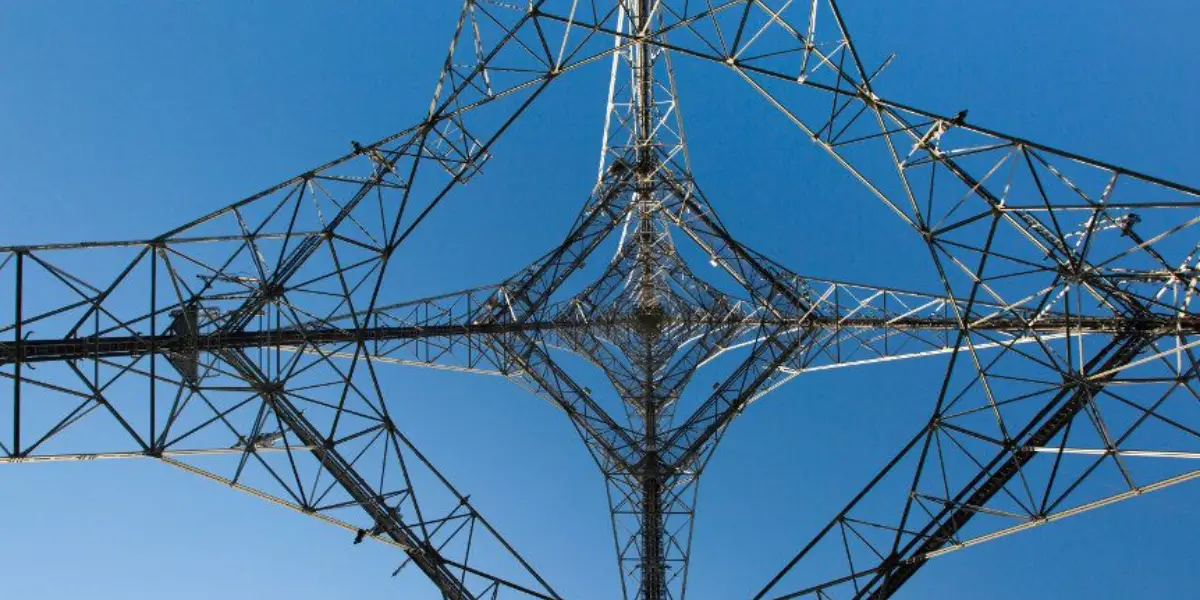As the broadcast industry and others close to it evolve, so too must Arqiva’s supporting infrastructure. Our vast and complex network of TV and radio masts and multiplexes is carefully configured to meet the needs of the masses, but we must be ready for change when necessary.
The latest major update project is called 700MHz clearance, and it’s one of our biggest challenges yet. The term is used freely among our teams, but we realise its meaning won’t be clear to everyone, so allow us to explain.
A simple explanation
The arms of our business are usually seen and treated separately, but there’s one significant area where broadcast and mobile telecoms overlap: services on both sides are reliant on spectrum.
Managing spectrum allocation has never been simple, but it’s getting even harder as television and mobile services evolve. Right now, with 4G still growing and 5G edging closer, the demand for space on suitable bands is intensifying.
Although we’re not expecting next-gen mobile services to reach the consumer market until the end of 2019 at the very earliest, 4G is more widely used than ever and we need to be ready for what’s ahead. This means making space on the 700MHz band so the major mobile operators can comfortably deliver additional services and we can ensure 5G’s wider potential is realised. That work, in very simple terms, makes up the clearance programme.
No small feat
The 700MHz band we’re clearing is currently occupied by digital terrestrial television (DTT) multiplexes. Around 80% of our DTT stations transmit in this band; this includes Standard Definition and High Definition programming from the BBC, ITV, Channel 4 and Channel 5 among many others.
We’re not about to switch anything off. Instead, the challenging part for us is to retune these transmissions to new frequencies without impacting viewers – and seeing as our DTT network provides TV to over 19 million UK homes, it’s fair to say we’re under a lot of pressure to get it right.
Most of the programme’s complexities are caused by scale. We have 80 main stations like Crystal Palace, Winter Hill and Emley Moor and over 1,000 relays which together provide service to viewers across the UK; making such significant changes to a meticulously configured network will always carry challenges.
Who’s involved?
The clearance programme will, in the long term, benefit anyone affected by 4G and 5G mobile services – and by forcing the retuning of channels, will impact DTT viewers too. But focusing more on the work we’re doing right now, there are a few parties with their own interest in what’s happening.
The government has made Ofcom – the UK regulator - officially responsible for the clearance programme. Ofcom is also in charge of licencing and will be re-auctioning the newly available spectrum once the project is complete.
Then we have the all-important multiplex operators who have been called on by Ofcom to clear the spectrum: the BBC, D3&4, SDN, Comux (local television) and Arqiva Muxco (which operates four commercial multiplexes).
The glue between these parties is Digital UK, a partnership between Arqiva, the BBC, ITV and Channel 4. It’s responsible for co-ordinating the technical planning of these changes and keeping everyone on the same page with updates, policy decisions and guidelines. It is also working with Government and its own partners, Digital Mobile Spectrum Limited and Freeview, to provide viewer support for the consumer-facing piece of the puzzle.
As you may have noticed, the common theme running through all the stakeholders above is Arqiva’s involvement.
Work in progress
The need for a clearance of the 700MHz band was first raised at the World Radiocommunications Conference in 2012, and we began discussing the possible implications with Ofcom that same year. A lot of preparation has gone into the programme since, and after getting the main station frequency plan finalised in early 2016, and the full programme started in July 2017.
This isn’t something we can do all at once; the work is being staggered in a specific order to minimise disruption. By sticking to our roadmap, we’re expecting the project to be complete by the end of April 2020, and by that point, we’re confident the UK will be in a much better position to move forward into the next age of mobile connectivity.
Views

700MHz Clearance: A focus on airworks

700MHz Clearance: Filling the gaps

Finding an innovative solution to help clear the 700MHz band – The ‘broadband’ antenna
